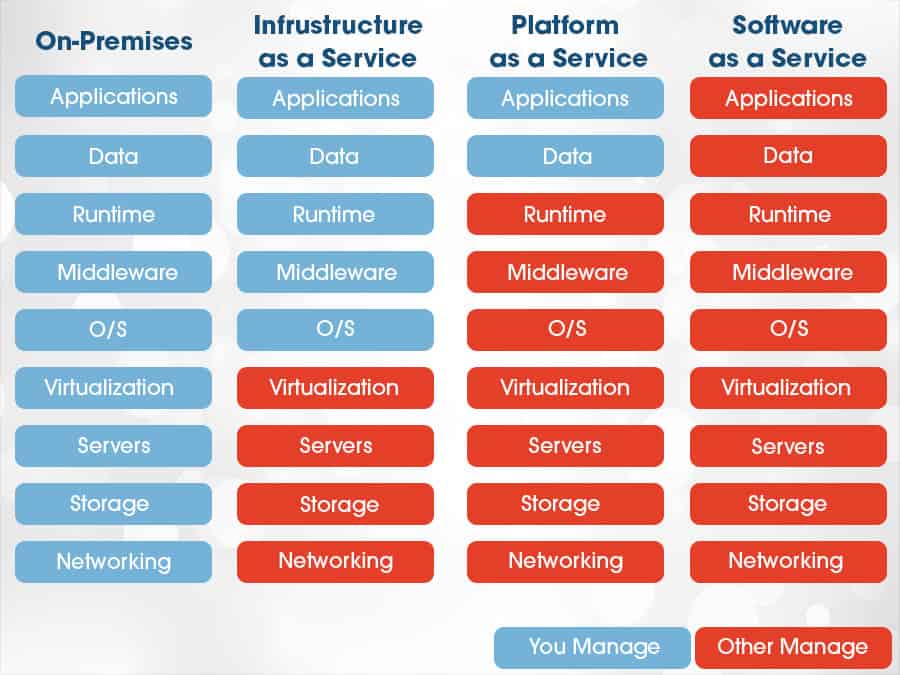Most Recent Cloud Services Press Release: Advancements and Market Updates
Wiki Article
Achieve Seamless Scalability With Cloud Provider
In the ever-evolving landscape of cloud solutions, accomplishing seamless scalability stands as a foundation for contemporary organizations looking for to remain adaptable and competitive. The quest for seamless scalability with cloud services reveals a world of opportunities for those prepared to accept the transformative power of vibrant resource administration.Benefits of Cloud Scalability
Cloud scalability provides companies the flexibility to dynamically readjust sources based upon need, making sure optimum efficiency and price effectiveness. One essential benefit is the capacity to scale sources up or down quickly in response to varying work. This dexterity allows services to meet transforming customer requirements without over-provisioning sources, eventually resulting in set you back financial savings. Scalability also improves efficiency by ensuring that systems can take care of raised traffic or workload without experiencing downtime or stagnations. By successfully allocating sources, companies can maintain high levels of performance throughout peak times without unnecessary expenses during quieter durations. Additionally, cloud scalability advertises innovation and trial and error by enabling organizations to quickly test new ideas and range them as needed. This flexibility urges a society of constant renovation and adaptation, allowing companies to remain competitive in a rapidly developing market landscape. Eventually, the advantages of cloud scalability prolong past expense savings to include better efficiency, agility, and technology.Trick Features for Scaling
Reliable scaling in cloud solutions counts on crucial functions that make it possible for companies to change resources dynamically based on demand. One more crucial function is scalability, allowing systems to manage boosted work by adding resources flawlessly. In general, these crucial functions collectively empower organizations to achieve seamless scalability in cloud solutions.Applying Auto-Scaling Approaches
To successfully maximize resource appropriation and adjust to differing workloads, organizations should strategically execute auto-scaling techniques in their cloud services infrastructure. Auto-scaling permits systems to immediately adjust the variety of compute resources based on real-time need. There are different auto-scaling approaches that companies can use, such as predictive scaling, which makes use of historical data to forecast future source needs, and reactive scaling, which replies to existing workload changes.
Ideal Practices for Scalability
For organizations aiming to enhance their scalability in cloud solutions, implementing finest techniques is important for optimal efficiency and source management. One trick finest technique is creating applications with a microservices style. This method breaks down applications right into smaller, independent services that can be released, upgraded, and scaled independently, enabling better flexibility and scalability.Another crucial practice is using containerization modern technology, such as Docker or Kubernetes. Containers allow the product packaging of applications and their dependences into separated units, making it simpler to scale parts separately and release them constantly across different settings.
Additionally, implementing automated release and infrastructure as code (IaC) can enhance scalability initiatives (linkdaddy cloud services). Automation tools like Terraform or Ansible aid in provisioning and taking care of resources effectively, reducing manual mistakes and allowing quick scalability
Furthermore, keeping track of efficiency metrics, establishing signals, and conducting routine ability planning are important methods to make certain proactive scalability administration. By sticking to these ideal methods, organizations can accomplish smooth scalability in their cloud solutions while maximizing performance and resource utilization.
Surveillance Performance Metrics
When examining the performance of cloud solutions scalability, very closely checking efficiency metrics is critical for guaranteeing optimal functionality and source allocation. By continually tracking vital efficiency signs (KPIs) such as reaction times, latency, throughput, and resource usage, companies can obtain beneficial understandings right into the wellness and performance of their cloud facilities. Checking performance metrics permits the early detection of potential traffic jams or problems that could influence scalability, enabling aggressive procedures to be taken to resolve them before they escalate.

Final Thought
To conclude, achieving smooth scalability with cloud solutions is necessary for companies to maximize efficiency, boost advancement, and preserve high efficiency levels during peak times. By leveraging the benefits of cloud scalability, implementing auto-scaling strategies, making use of essential attributes such as flexibility and automation, and complying with finest methods like application design and performance monitoring, businesses can successfully scale their systems while making the most of resource utilization and efficiency.The quest for smooth scalability with cloud services unveils a globe of opportunities for those prepared to welcome the transformative power of dynamic source monitoring.
Cloud scalability uses organizations the versatility to dynamically readjust resources based on need, making certain ideal efficiency and cost effectiveness. One more key function is scalability, enabling systems to manage increased work by including resources effortlessly.For companies aiming to improve their cloud services press release scalability in cloud services, applying finest techniques is important for optimum performance and source monitoring.When examining the performance of cloud services scalability, carefully checking performance metrics is essential for making sure optimum functionality and resource allocation.
Report this wiki page